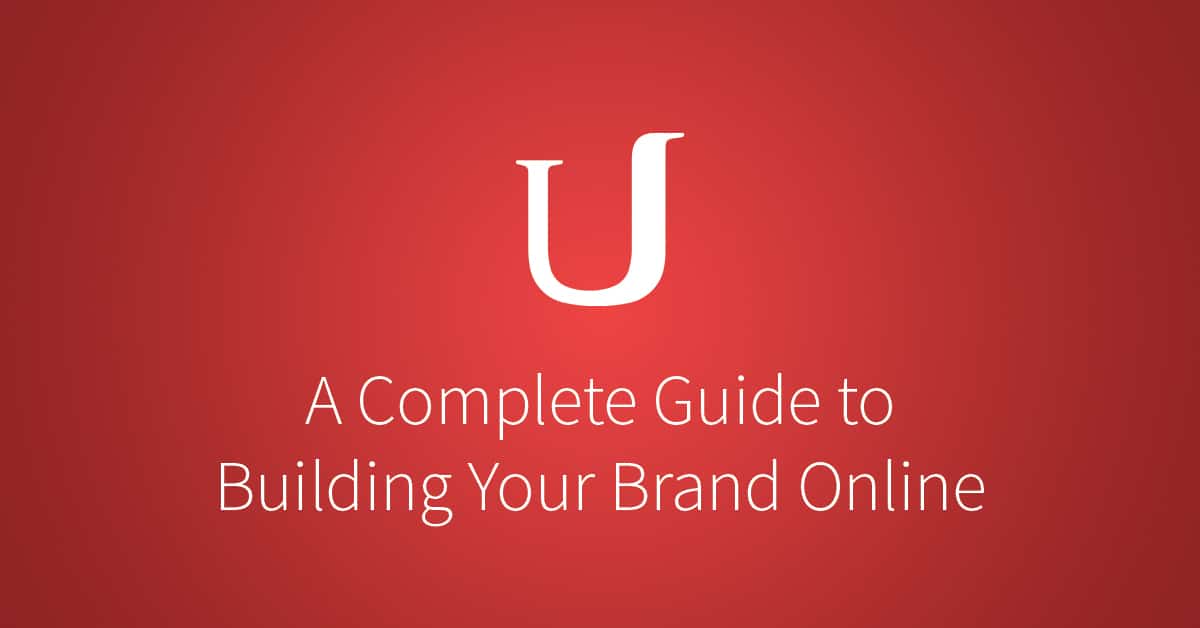Find the right nanodegree program for you.
Start Learning

Image via Pixabay/Hebi65
One of the first things recruiters or hiring managers are likely to do when considering you as a job candidate is Google you to see what you’re all about. Investing the time and energy into building your brand online is essential in landing a good job.
Not sure where to begin? Follow this five-step checklist to cultivate a strong personal brand online that’s discoverable, professional, and impressive.
1. Evaluate
First things first. Since recruiters will be Googling you, go ahead and Google yourself to see what comes up, and where. Put your first and last name together in quotes (“Allison Stadd”) and make sure you’re logged out of your Google Apps account and using private browsing (known as “incognito mode” in Chrome) so that the search engine doesn’t skew results toward links you’ve clicked regularly.
Have a trusted friend or colleague offer an external set of eyes for the same search. The goal is to determine how you come across online to an average Internet user. Ask your evaluator to pinpoint any search results that they think wouldn’t do you any favors in the job recruiting process, and any glaring omissions they think you should fill (for example, evidence that you network online with others in the industry, proof that you’re a decent writer, and documentation of projects you’ve worked on).
Only publish things to the Internet that you wouldn’t mind a recruiter seeing.
Make sure that you, and they, toggle over to Images, Videos, and News searches as well as the default Web search. Do any embarrassing college photos come up? Any Vines or YouTube videos you’re not exactly proud of? Are the top five results all social networks, or are there any links to articles you’ve written or been mentioned in, to your personal website or portfolio, or to interesting pieces you’ve recommended on sites like Medium?
If any content comes up on the first page that you feel doesn’t reflect well on you, especially in the eyes of a hiring manager, prune it if it’s something you own, like a tweet, a video, a pin, a Google+ post, or a blog post. If someone else uploaded it and you have their contact info, for example a college buddy’s Facebook album, request that they take it down, untag you, or remove your name from the captions or description. If the content belongs to a stranger, you can make the ask but there’s no guarantee they’ll acquiesce. In that case, posting new, flattering, SEO-friendly content can help push down those negative search results over time.
Going forward, only publish things to the Internet that you wouldn’t mind a recruiter seeing. In addition, you’ll not only want to refrain from posting certain things like the examples above, you’ll want to actively post other things—which we’ll discuss in detail below.
2. Streamline
Part of making a good impression online is coming across as organized and self-assured. A huge factor that plays into that is your digital identity.

Image via Pixabay/Settergren
First up, your usernames. Ideally the alias you use on each social network or online community is polished (no childhood nicknames, sports team names, or 1990s-style webspeak like “grl” and “luv” ) and search-friendly. You really want, whenever possible, to use the same or a similar handle across sites so all that activity contributes directly to your personal Google search results. Need to make some username adjustments? Check knowem or Namechk to see what combination of your first and last name is available across a variety of sites. In the majority of cases, you won’t have to create an entirely new account just because you change your username. In the case that you do, consider how egregious your current handle is and whether or not it would be worth starting with a clean slate on that site.
Another key aspect of streamlining your digital footprint is ensuring that the bios you publish across all of your accounts are accurate and up to date, and that they reflect well on you. It’s OK to inject some humor into your bio, depending on the arena (for example, on your Instagram account, but perhaps not in your bio on a guest article for a serious publication). But regardless, ensure that the information included is correct and that it does justice to your experience, background, and skills. Take the time to pull up each bio you’ve posted online and make sure that they each convey similar information (hint: when you land a new job, earn a new certification, or move to a new city, make sure that new intel is reflected across all accounts).
3. Improve
Once your online presence is streamlined, the next step is to optimize each of your professional profiles, the sites that recruiters and hiring managers will look to most closely in determining whether or not to extend an interview request or job offer.

Image via Pixabay/OpenClips
Take a critical eye to your profiles on GitHub and LinkedIn and to your personal portfolio or blog. Are your profile photos flattering and realistic? Is all your personal information up to date? When’s the last time you contributed on GitHub, posted on your blog, added new content to your portfolio, recommended an article, or posted in a group on LinkedIn? Work towards improving your brand by strengthening your online presence through regular updates on industry-relevant sources.
When it comes to social sites that many use for personal rather than professional networking, like Facebook, Instagram, Pinterest, and the like, be cognizant of the fact that much of the content you post there can still be surfaced online to others. Be sure, again, not to post anything that would embarrass you, but also consider filtering in professional content on each of those sites when it makes sense. For example, build a Pinterest board of impressive web design examples, participate in a Twitter chat with data analysts, or post articles on Facebook about the latest trends in web development.
4. Enhance
You can only do so much to bolster your brand online via standard updates. That’s where additional content comes in. If the base layer of the cake is all the content described above, the following enhancements are the icing.

Image via Pixabay/stux
Work on side projects, and display the results on GitHub, in your portfolio, and on LinkedIn. Network on Twitter, LinkedIn, Quora, and other online forums. Contribute on Stack Overflow. Comment on widely read articles. Compose blog posts for your own website, but also as guest contributions to sites you admire or those of contacts in your network.
5. Monitor
Why go to all the trouble of evaluating, streamlining, improving, and enhancing your online brand if you’re not going to set up a system to gauge how it’s working?

Image via Pixabay/Humusak
Set up a free Google Alert and Mention alert for your name. Note your follower count on each social network once a month or so using a free tool like Simply Measured to determine how much headway you’re making in building up your online brand. Check Unfollowers every so often to see what types of people are unfollowing you, on which networks, as a gauge for what to post more, or less, of. Of course, your follower counts are absolutely not the only indicator of your success in establishing a strong online brand. There are probably tons of people you admire who you don’t follow online, and many people you’ve unfollowed even though you respect them. But those quantities are one of the few hard measures of Return on Investment (ROI) available to you in assessing your online brand strategy’s success.
The Bottom Line
Your digital footprint is an extension of the simple resume + cover letter of yesteryear in your quest to attract good job opportunities. It’s not enough anymore to just have a great background and a list of references. Recruiters and hiring managers will examine your online presence to help determine whether or not to ask you to interview or to offer you the job. For this reason, it’s important to consider how your personal brand is conveyed online and to take specific steps to strengthen it. Feel free to bookmark this guide and refer back to it as a blueprint for building your brand online in your quest to land an awesome job.




